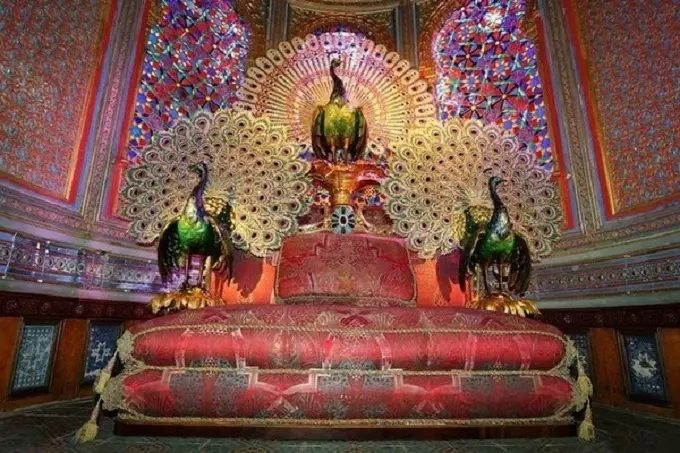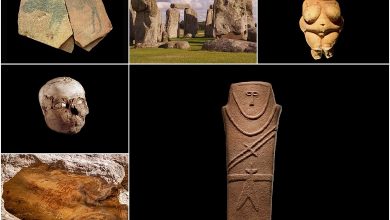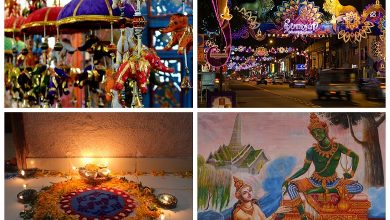2 tons of pure gold studded with diamonds: Where did Peacock Throne go?

If anyone in the ancient world knew about luxury and wealth, it was undoubtedly the ruler of the Mughal dynasty. Of course, India is famous for its precious stone deposits. The diamond mines of Golconda alone are worth a look.
Among the rulers of the dynasty, the biggest connoisseur of beauty was Shah Jahan – who most people know as the inspirer and, more importantly, the investor in the construction of the Taj Mahal, the mausoleum of his beloved wife, Mumtaz Mahal.

And among Shah Jahan’s riches, the most famous was the Peacock Throne. According to legend, it was covered in gold and inlaid with precious stones. The famous French goldsmith Jean-Baptiste Tavernier, who traded with the Indians at the time of Shah Jahan, gave the name of the throne as meaning that peacocks inlaid with diamonds, emeralds and rubies were carved on its back.
It is unclear whether Tavernier had been at Shah Jahan’s court, whether he had seen the throne, or whether he was simply exaggerating on purpose. What is clear is that his description is far from reality.
First of all, the throne had no back. It was a Takhta with cushions. This can be seen in the miniatures of those times. The Mughal rulers, in general, did not use the throne as an armchair as Europeans are used to.
Secondly, in the same miniatures, we see that peacocks decorate the canopy of the throne. That is why it was called the peacock throne.
In 1739, after defeating a descendant of Shah Jahan, the Persian king Nadir Shah expropriated his throne and some treasure. Contemporaries estimate that the throne consisted of more than two tons of gold and precious stones, including the now famous Koh-i-Noor diamond that adorns the British Crown.
In addition, Nadir took out five tons of precious cut stones, as well as gold and pearls for small things, for a total of 21 camels.

Nadir did not have long to sit on the throne. He soon lost his throne in the battles with the Kurds. The fate of the precious piece of furniture is unknown. Most likely, the Kurds took it apart “for souvenirs” and sold it as scrap. Nadir went mad over the years, became a despot and was killed eight years later by his own companions.
The Persian rulers then tried many times to recreate the Peacock Throne, which they made into a symbol of royal power.
Tales of the wonder throne stirred the minds of many rulers. Perhaps it was no accident that Ludwig II ordered for himself a throne with peacocks in the oriental style, which we see in the very first picture of this post.




